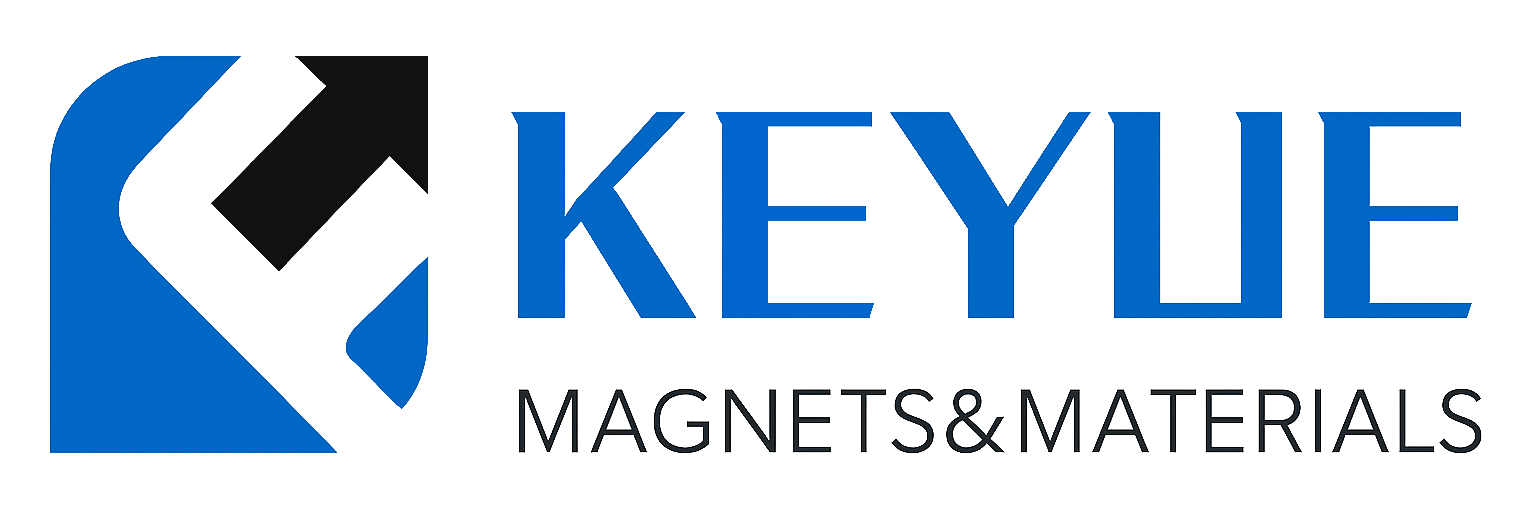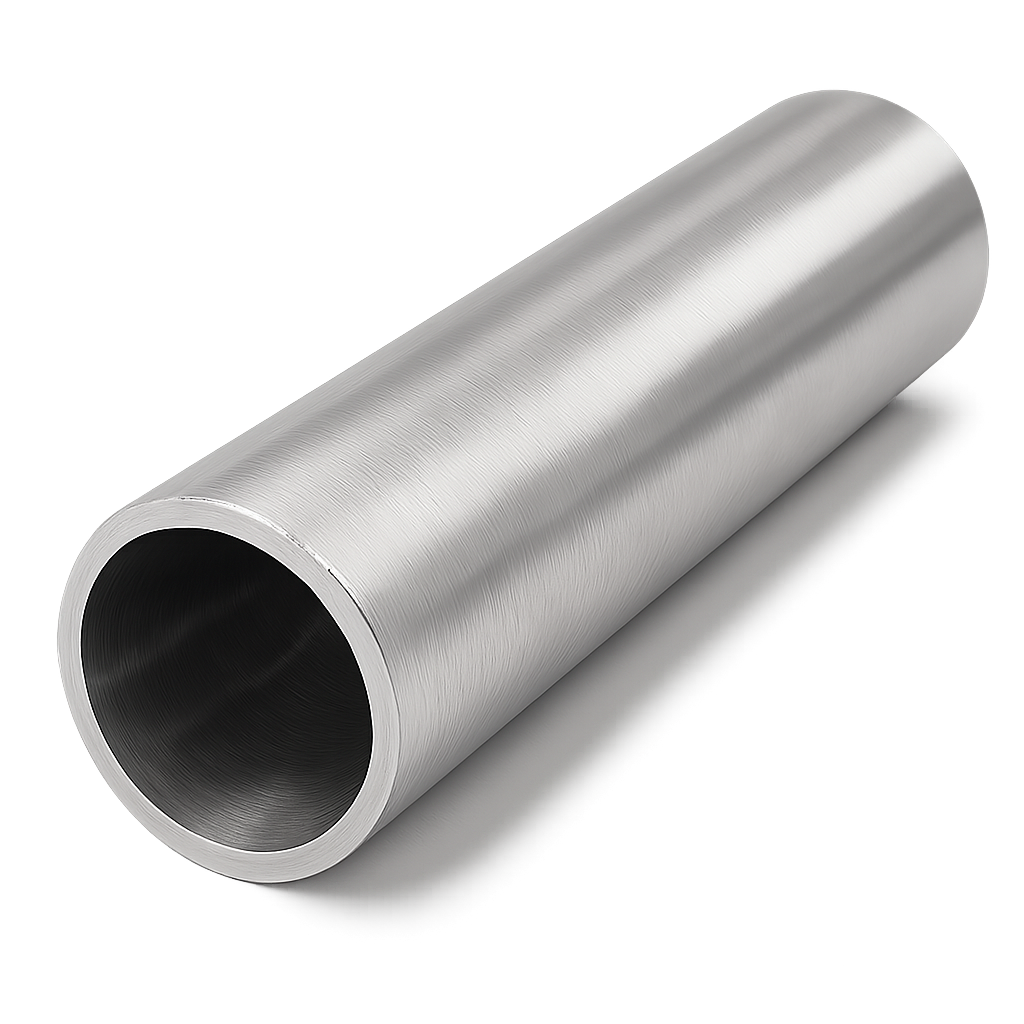描述
银管(Ag Tube)
产品简介
银管(Ag Tube)是一种由高纯银制成的贵金属管材,具有优异的导电性、导热性和抗氧化性能。银是所有金属中电导率和热导率最高的材料之一,因此银管在高精度电子器件、真空系统、电极组件和光电应用中具有重要作用。其优良的化学稳定性与延展性,使其成为科研和高端制造领域不可或缺的功能材料。
产品详情
苏州科跃材料科技有限公司生产的银管选用高纯银(纯度≥99.9%)作为原料,经真空熔炼、挤压与冷拉成型工艺制成,结构致密,表面光滑,无裂纹和夹杂物。
可提供以下典型规格:
-
纯度等级:99.9%、99.99%、99.999%
-
外径范围:0.5 – 60 mm
-
壁厚范围:0.1 – 5 mm
-
长度:≤1000 mm(可按需定制)
-
表面处理:光亮、抛光、退火状态
采用真空退火与精密整形技术,银管具备优异的延展性,可进行精密弯管、焊接或微结构加工。对于高频与真空系统应用,可提供低杂质、低孔隙版本以提升电导与真空兼容性。
应用领域
银管广泛应用于高科技领域的电气与热管理系统:
-
电子与半导体工业:用于高导电电极、引线管、互连管及传感器封装。
-
真空与光电系统:在真空腔体、光电探测装置中作为导流与连接元件。
-
热交换与导热组件:作为高效导热通道,用于温控装置或散热系统。
-
化学与分析仪器:用于惰性反应环境下的气体输送与检测管。
-
医疗与实验设备:应用于生物传感器、电极及微流控系统。
技术参数
| 参数 | 典型值 / 范围 | 说明 |
|---|---|---|
| 纯度 | 99.9% – 99.999% | 纯度越高,导电性与稳定性越好 |
| 外径 | 0.5 – 60 mm | 支持定制 |
| 壁厚 | 0.1 – 5 mm | 适配不同压力和强度需求 |
| 密度 | 10.49 g/cm³ | 保证高导热与结构稳定性 |
| 电导率 | 62 × 10⁶ S/m | 金属中最高之一 |
| 熔点 | 961.8 °C | 适合高温导电环境 |
| 工艺 | 真空熔炼 + 冷拉 + 退火 | 保持优异纯度与延展性 |
常见问题(FAQ)
| 问题 | 答案 |
|---|---|
| 银管是否易氧化? | 银表面易生成一层薄硫化膜,但不影响导电性能。可选防氧化处理。 |
| 可否用于高频电极? | 可以,银管具有极低电阻损耗,非常适合高频或微波电路应用。 |
| 可提供多长尺寸? | 单根最长可达 1 米,可按客户要求定制切割。 |
| 是否支持焊接? | 可以进行真空钎焊或惰性气氛焊接。 |
| 能否制作毛细管? | 是的,最小内径可达 0.1 mm,用于微流体或探针系统。 |
| 可否用于真空系统? | 可以,高纯银管在真空中化学稳定,不释放气体。 |
| 银管的热导性能如何? | 银的热导率约为 429 W/m·K,为金属中最高之一。 |
| 可提供检测报告吗? | 产品均附带纯度分析与尺寸检测报告。 |
| 如何储存以防变色? | 建议密封保存于干燥惰性气氛中。 |
| 是否提供镜面抛光? | 可根据客户要求提供高光洁度抛光处理。 |
包装与交付
每支银管均经超声探伤、化学成分检测与尺寸测量。产品使用真空密封袋及防震泡沫包装,并放入出口级木箱,确保运输安全与洁净。
结论
银管(Ag Tube)凭借卓越的导电、导热性能与化学稳定性,在电子、真空及科研设备中表现出优异可靠性。
如需了解更多技术规格或获取报价,请联系:sales@keyuematerials.com


-300x300.png)
-300x300.png)
-300x300.png)
评价
目前还没有评价